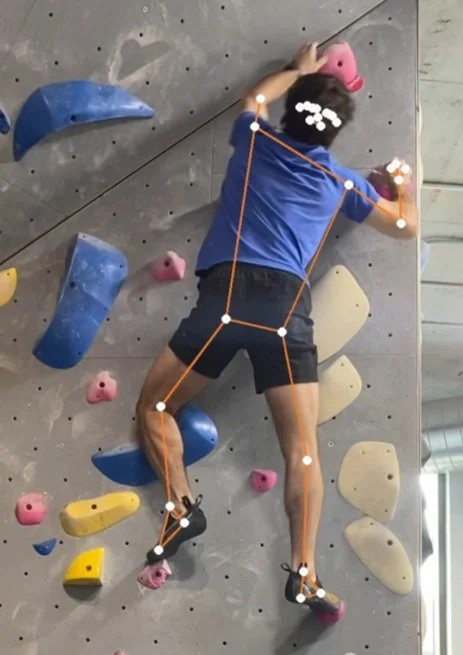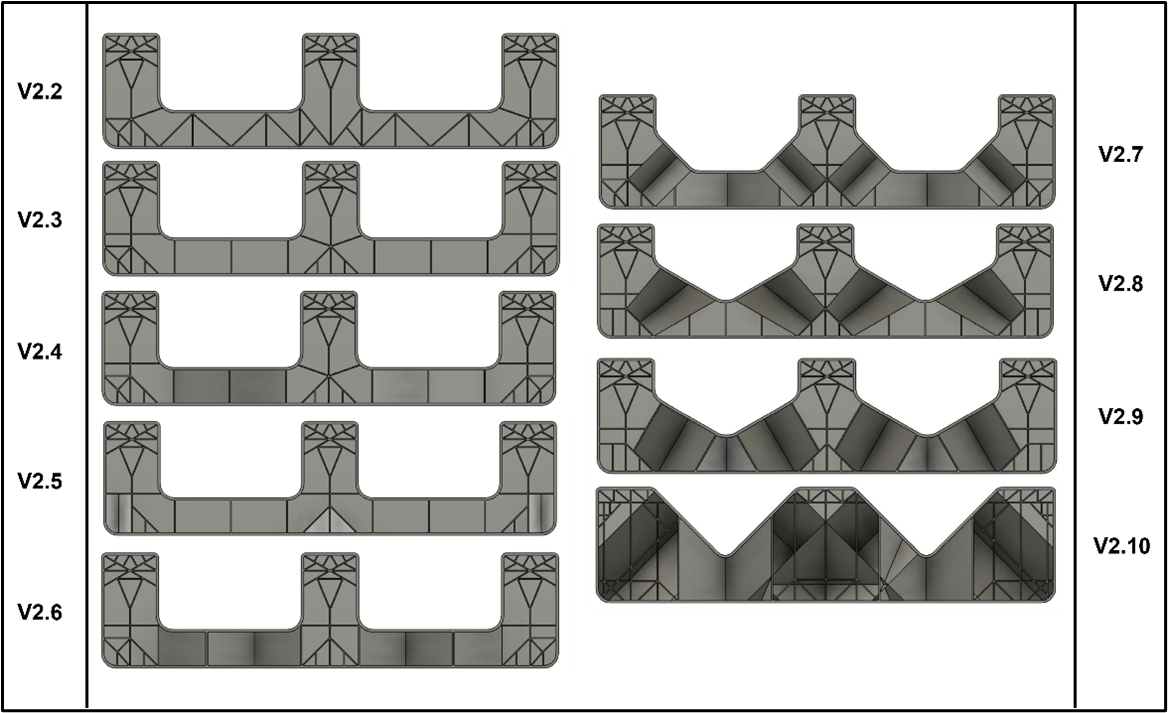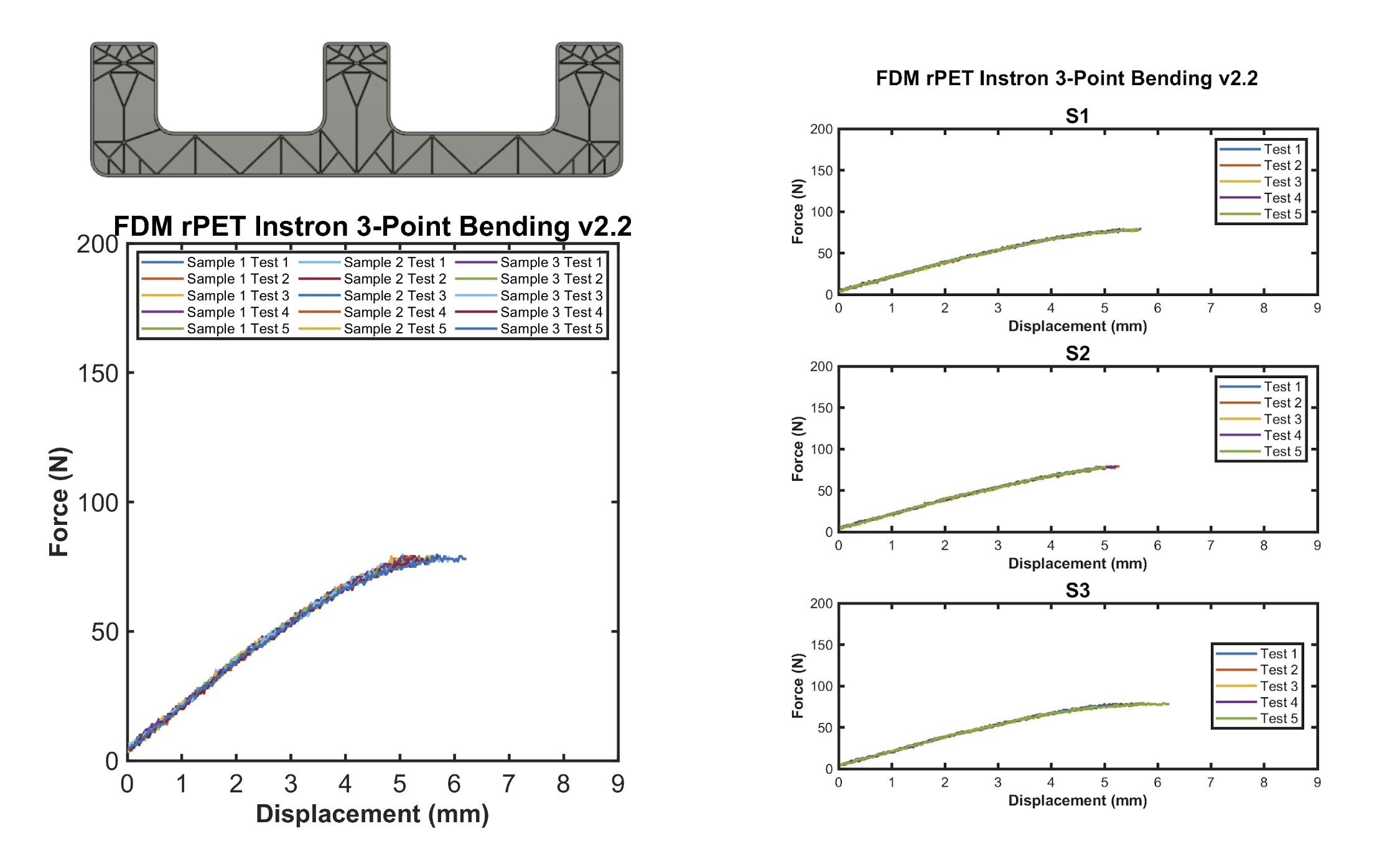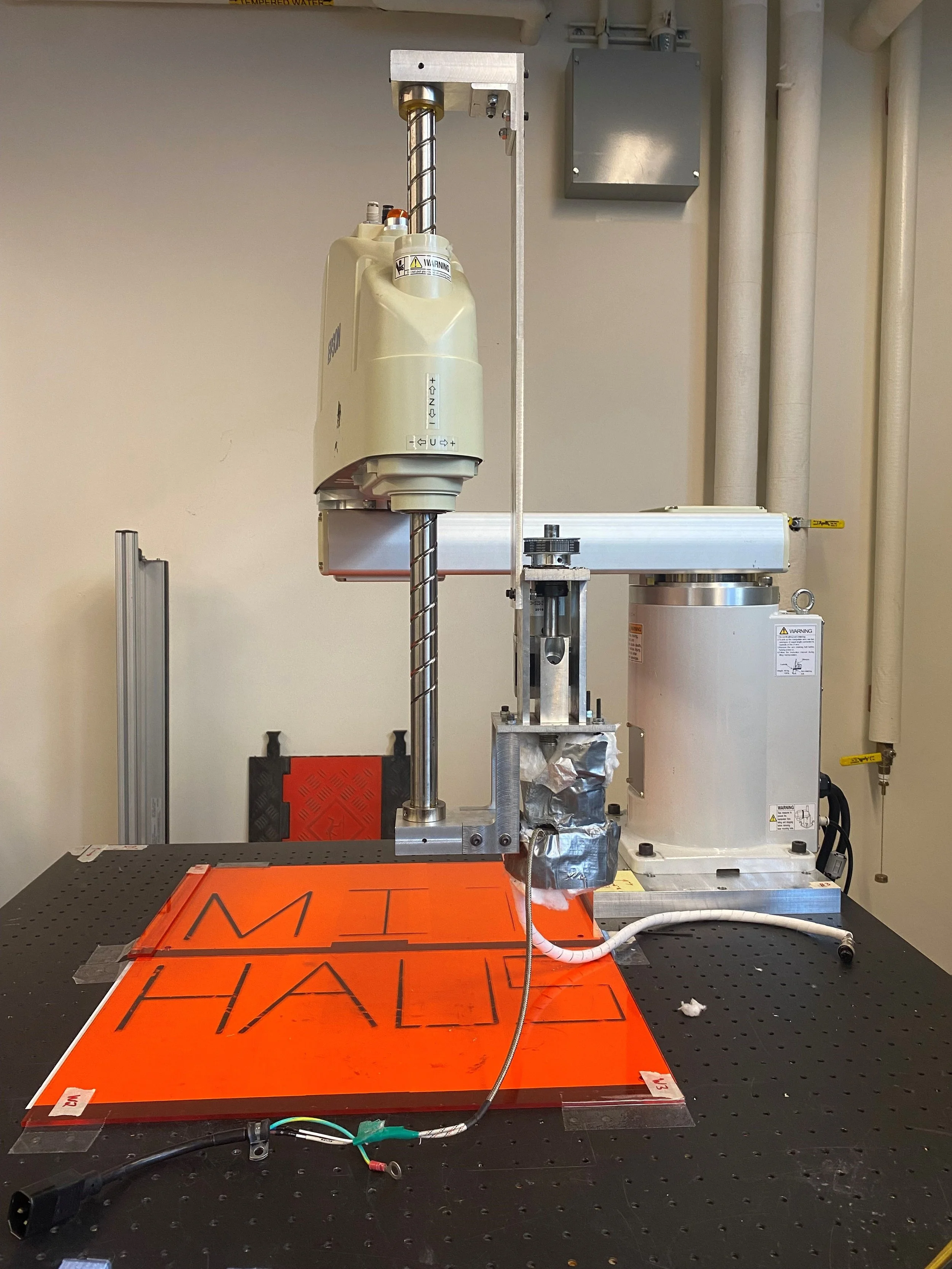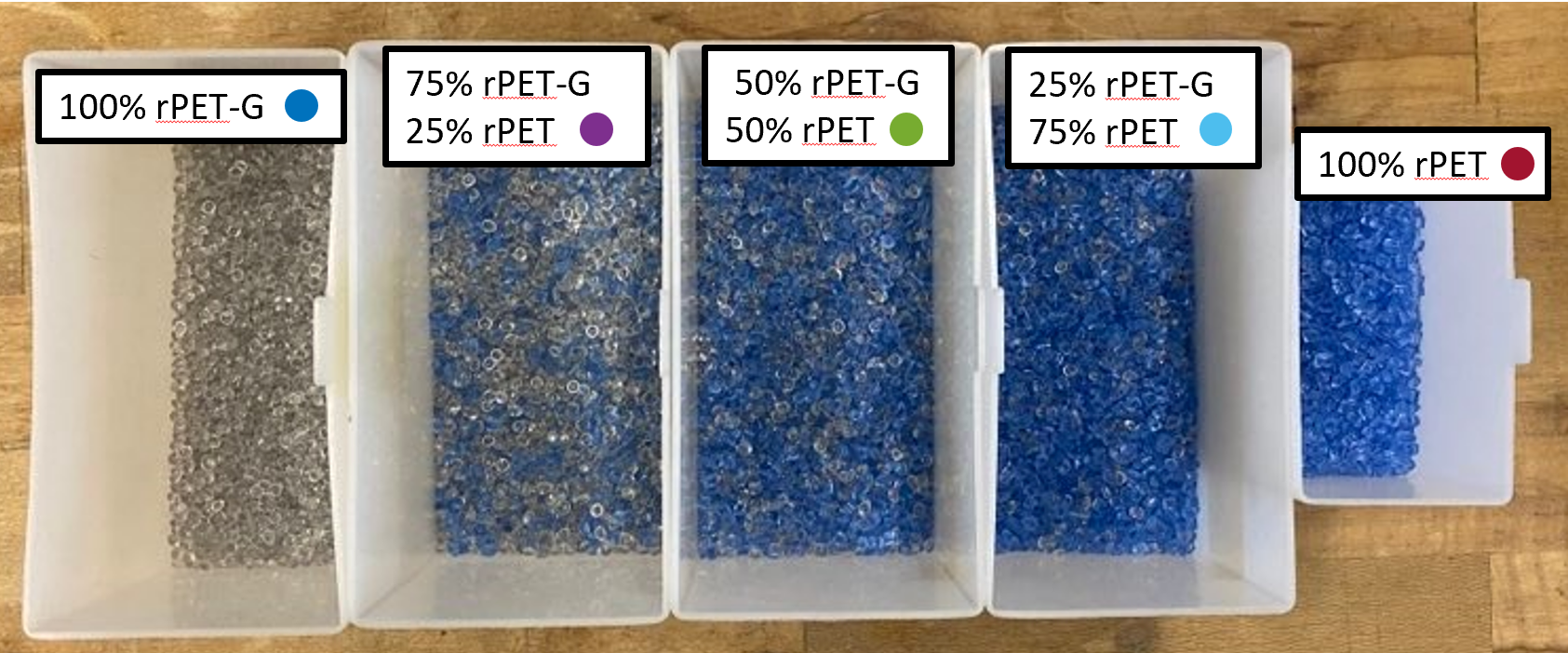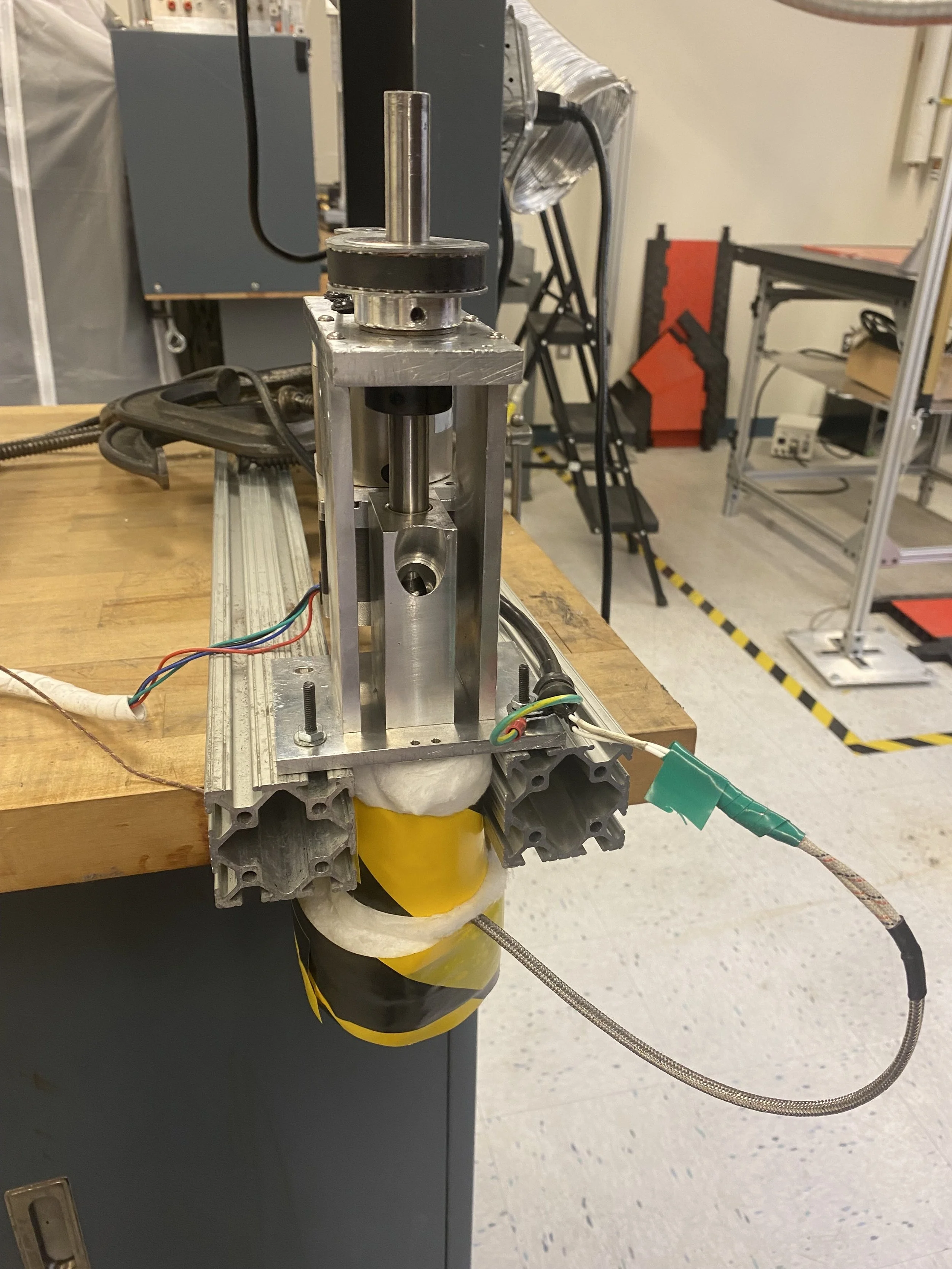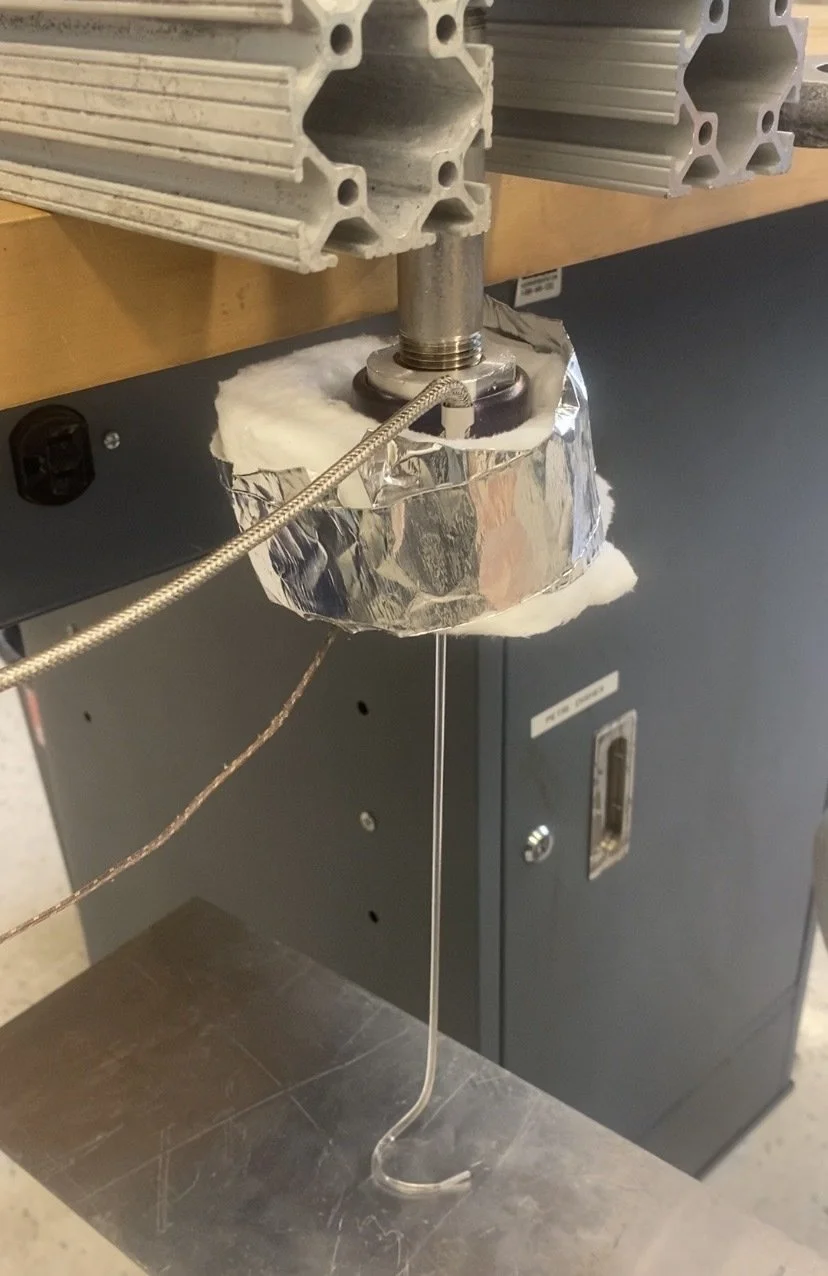Research
MIT Sports Lab
The goal of the MIT Sports Lab is to improve athletic performance through cutting-edge engineering and data science techniques. The group works to connect with industry on projects. The MIT Sports lab takes on challenges in player development, in-game or in-sport strategy, athlete health and performance, sports technology assessment, and sustainability. For my undergraduate thesis in the group, I focused on the biomechanics of rock climbing. I am working with the MIT Sports Lab and the MIT Sandbox Musculoskeletal Health Drive for my Master’s of Science project.
Investigating Internal Biomechanics for Insights into Climbing Difficulty
Spring 2024
— Analyzing Data, Machine Learning, Biomechanics —
To analyze rock climbing biomechanics, I filmed rock climbers in an indoor climbing gym and identified climbing moves where the athlete is advancing up the wall. I used Media Pipe’s Pose Landmark Detection to identify key body landmarks to apply a static equilibrium model and identify the required forces in each limb contacting the wall. My objectives were to identify optimal body positioning to minimize the force required from the climber's arms and to determine any correlation between arm force and the rated difficulty of climbing routes. The image on the left shows an image of a rock climber with the key body landmarks identified using Media Pipe’s Pose Landmark Detection. The force distribution across a climber’s limbs for different center of mass positions was found which can inform more optimal positioning. The force distribution in an advancing move is shown in the identified optimal position in the image in the middle. Additionally, there seems to be a trend that as the listed difficulty of a climb increases, so does the required arm force, which can be seen below in the image on the right.
Pose Detection on Advancing Move
Force Distribution in Optimal Position
Maximum Arm Force Across Ratings
MIT HAUS Group
The goal of the mit HAUS program and its research is to make owning a home possible in even the most impoverished parts of the world. The group is working to provide easily manufactured homes out of recycled polymers using large-scale additive manufacturing. My research with the group has primarily been focused on researching how the recycled polymers and polymer blends perform in tensile and compression tests, but I have been able to explore other facets of the project, including the concept of distributed manufacturing and how the group’s foundation blocks perform under loads at a small scale. The projects featured below are all a part of this research group.
Graphing and Data Analysis on Small Scale Recycled PET Foundations
Spring 2023
— Structure Testing, Analyzing Data and Understanding Biomechanics —
To determine what foundation block designs to print on a large-scale 3D printer, the group needed a better understanding of which ones would perform well under three key tests: compression (tested twice), three-point bending, and four-point bending. Each of the nine potential designs was printed three times out of recycled polyethylene terephthalate (rPET), and after four tests were performed, yielded 540 trials to analyze. I was tasked with creating easily readable graphs for all the trials and suggesting what design had the lowest displacement for a given force across the different tests. The foundation designs, a test example, and a summary sheet example are shown.
CAD of Designs Tested
rPET Foundation Block Sample Test
Foundation Design Summary Sheet
Comparing Recycled PET and Recycled PET-G’s Young’s Modulus After Extrusion
Fall 2022
— Material Testing, Graphing, and Analyzing Data —
Using the lab’s extruder that I helped build during the January term and Spring semester in 2022, I conducted experiments to test how varying the plastic inputs and extrusion temperatures would impact the outputted plastic bead’s modulus. These experiments were used to compare two different forms of recycled PET, and then most importantly, they were compared to the expected values for the non-recycled form of PET. It was generally found there wasn’t a large difference between the recycled forms of the plastics tested and the non-recycled form of PET in the tests conducted. More on this can be found in Alphonso Perez’s PhD thesis.
Lab Extruder Mounted to Robotic Arm
rPET Pellet Blends for Extrusion
Texture Analyzer Set Up for Tensile Testing
Designing and Testing a Screw Extruder for Pellet Extrusion
January and Spring 2022
— Prototyping and Testing —
During one of MIT’s January terms and the following spring term, I worked with one of my peers to design and test a benchtop screw extruder for plastic pellet extrusion. We started with a screw extruder prototype, and then based the rest of the design off of a former group member’s undergraduate thesis. We developed a wiring diagram and tested a circuit for two main functions: turning the extruder’s screw and heating the barrel and nozzle. The first circuit contained a power supply, stepper driver, and a stepper motor, and the second circuit contained a solid-state relay, heater PID controller, the heater, and a thermistor. The final electronic box and extruder is shown with the outputted plastic bead.
Open Electronics Box
Extruder on Lab Bench
Outputted Plastic Bead
Material Properties of rPET and Other Related PET Blends
Fall 2021
— Conducting Literature Review —
For this topic, I worked on an initial literature review of potential thermoplastics and, specifically, recycled ones that could be used in the future of 3D printing homes and their components. Understanding what metrics are important when choosing what plastic to use was the first step. Then I worked on finding what research had been done to determine these material properties in potential plastics. The data was collected in a spreadsheet and then displayed in various graphs. This review had a focus on polyethylene terephthalate and recycled polyethylene terephthalate as that was previously determined as a strong potential plastic for the project. It was tentatively found that the thermal properties of the researched plastics didn’t vary nearly as much as the mechanical properties and that the mechanical properties needed to be investigated further.
Distributed Manufacturing Microfactory Location
Summer 2021
— Developing and Researching an Approach —
This project’s goal was to understand how to narrow down potential microfactory locations with the group’s specific goal in mind. I developed an overall decision-making approach keeping in mind it needed to be an ordered process that will slowly narrow the potential locations from the entire globe to a site-specific location. This approach relies on demographic data, geographic data, and maps. Although this is just a framework, this research can be used and expanded on to create an algorithm to take in all the data and to output potential microfactory locations.
